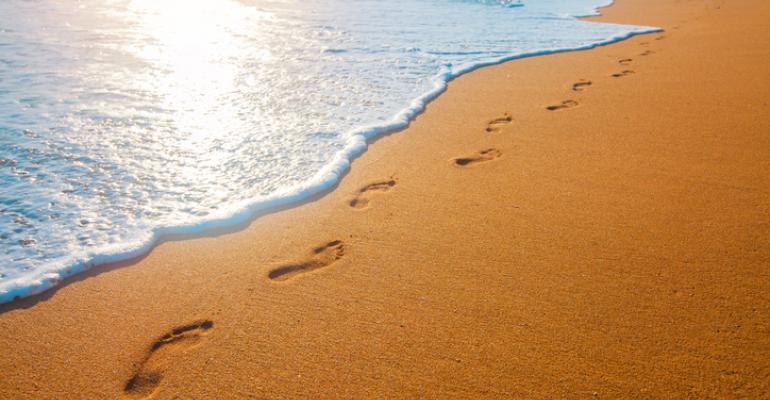Think about a person who’s never walked on a beach barefoot. You can tell them about your experience doing it, have them read stories about it, show them pictures or videos, and even offer VR versions … but until they’ve actually kicked off their shoes and sunk their toes into the sand, they haven’t experienced it to the fullest.
We have an opportunity with our meetings and events to build in experiential elements that can help us grow engagement, knowledge sharing, and networking power. But where to start?
As purveyors of meetings, we’re always looking to increase the value of what we do. We know in today’s knowledge-sharing economy, it’s no longer enough to claim victory based on participation numbers alone.
We want the people who make the time and effort to join us to walk away with value from that experience. The goal is that they’ve learned something new, built their network, taken away tangible ideas to grow their business or organization, and had a memorable time which they will tell others about.
There are many moving parts and pieces that can create value at our events, but one strategy our industry has been talking a lot about this year is incorporating experiential elements into our programs.
We all know “doing” is better than just seeing and hearing—like actually putting our toes in the sand to experience a beach. But where to start can be a little trickier. Here are a few things to consider based on lessons learned not only from our IMEX shows but from the countless events and happenings our team attends around the globe:
• Realize you have two powerful advantages. The first is the face-to-face nature of the work we do, which presents opportunities for people to “do things,” not just see or hear about them. Think about even one new way you can get attendees experiencing, not just “meeting.” The second advantage is that we bring participants to some of the most exciting places in the world where we can create a sense of local involvement. Reach out to the CVBs and local venues and service providers to take advantage of the unique experiential things a city has to offer.
• Thinking big can come in small packages. Adding experiential elements doesn’t have to mean a big effort or a big budget. It’s about participants literally and figuratively getting up out of their chairs, getting involved, and interacting. This could mean that instead of just demonstrating a product on a big screen, attendees visit a “test-drive” area or “sandbox,” where they try it out for themselves. Or, instead of just talking about local partners and their value, you take a group to their offices, in their unique parts of a city, for site visits or idea jams with their big thinkers. Or how about adding a simple stretching or breathing exercise to your meeting to reinforce work-life balance? An experience could also take the shape of an iPad scavenger hunt around a well-known neighborhood or landmark that lets attendees see a place through a new lens.
• Make it meaningful. Yes, sometimes experiential can be “just for the fun of it,” but try to have elements that tie back to a deeper meaning or goal. For example, doing an active icebreaker is a way to foster networking and build community. Encouraging your attendees to make their own music or art is about unleashing creativity and driving innovation forward. Participating in a wellness activity is about creating a healthiermindset on and off the job, and so on. This is where experiential learning at meetings dovetails with the broader goals and vision of your client or company.
• Giving back is a powerful experience. Providing ways for people to give back in the context of your happening can be super powerful. Can they bring an item with them to be donated as part of your organization’s dedication to a social issue or local need? Can the group volunteer at a nearby soup kitchen or shelter as part of the agenda? Even mindfully participating in a recycling effort while at a meeting or doing a behind-the-scenes tour of a venue’s recycling operations (as we do at IMEX America) can help people see how green really happens and their role in it.
• Keep your eyes peeled for great ideas and partners. They say imitation is the sincerest form of flattery. Be original by all means, but don’t be afraid to pick and pull from successful ideas you see and experience yourself. Next time you attend an event, make a point of snapping some photos of things you really like—pretty soon you’ll have an informal experiential idea gallery that you can scroll through anytime you’re looking for inspiration. Also, don’t be afraid to reach out to a fellow planner who is doing something you really like to get advice and exchange ideas. Finally, pick the brains of your teams and clients about what experiential elements worked—or didn’t—at the events they attend around the world.
• Go for it. Getting people up and moving in non-traditional ways can sometimes seem risky. Will they like it? Will they participate? Will it seem authentic? I’ve found that many more times than not, people really enjoy rolling up their sleeves a bit and trying something new.
So, the next time you sit down to map out an event, conference, or meeting, think through a few ways to get your participants’ “toes in the sand” and really give them a first-hand learning activity that will stretch their minds and get them experiencing!






